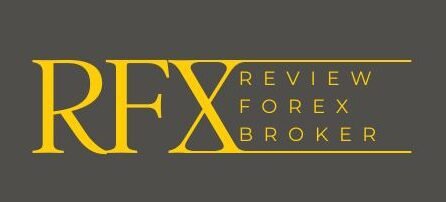Choosing the right trading platform is crucial for success in the forex market. Here, we compare some of the most popular forex trading platforms, highlighting their key features and benefits.
1. MetaTrader 4 (MT4)
Features:
- User-Friendly Interface: Known for its intuitive design, making it ideal for both beginners and experienced traders.
- Comprehensive Tools: Offers a wide range of technical analysis tools, charting options, and automated trading capabilities via Expert Advisors (EAs).
- Customizability: Highly customizable, allowing traders to create and use custom indicators and scripts.
- Community Support: Large user base with extensive community support and resources.
Pros:
- Widely adopted and supported by many brokers.
- Reliable and stable performance.
- Strong security measures.
Cons:
- Slightly outdated compared to newer platforms.
- Limited fundamental analysis tools.
2. MetaTrader 5 (MT5)
Features:
- Advanced Trading Functions: Includes all features of MT4, plus additional tools like more timeframes and types of orders.
- Economic Calendar: Built-in economic calendar for fundamental analysis.
- Improved Interface: Enhanced user interface and more powerful programming language (MQL5) for custom scripts and EAs.
- Multi-Asset Trading: Supports not only forex but also stocks, commodities, and futures.
Pros:
- More advanced and versatile than MT4.
- Faster processing speeds and better back-testing capabilities.
- Enhanced charting tools and indicators.
Cons:
- Steeper learning curve for those transitioning from MT4.
- Not as widely supported as MT4.
3. cTrader
Features:
- Modern Interface: Sleek, modern user interface with advanced charting tools and technical indicators.
- Automated Trading: cAlgo for algorithmic trading and cMirror for copy trading.
- Depth of Market (DOM): Provides insight into market liquidity and order book depth.
- Direct Market Access (DMA): True ECN environment with no dealing desk intervention.
Pros:
- Transparent and fair trading environment.
- Excellent charting tools and fast execution speeds.
- Supports automated and copy trading.
Cons:
- Smaller user base compared to MT4 and MT5.
- Limited broker support.
4. NinjaTrader
Features:
- Advanced Analytics: Extensive range of analytical tools, customizable charts, and real-time market data.
- Automated Trading: Robust platform for developing and executing automated trading strategies.
- Simulation Environment: Offers a simulated trading environment for strategy testing without financial risk.
- Multi-Broker Support: Compatible with multiple brokers for forex, futures, and stock trading.
Pros:
- Highly customizable with extensive third-party add-ons.
- Strong focus on advanced traders and algorithmic trading.
- Free to use for charting and strategy development.
Cons:
- Steeper learning curve for beginners.
- Requires a paid license for live trading.
5. Thinkorswim by TD Ameritrade
Features:
- Integrated Trading: Combines forex, options, futures, and stock trading in one platform.
- Educational Resources: Extensive educational materials, webinars, and trading tutorials.
- Advanced Tools: Powerful charting capabilities, technical analysis tools, and a paper trading account.
- Custom Alerts: Customizable alerts for price movements and technical indicators.
Pros:
- Comprehensive and versatile platform for multi-asset trading.
- Excellent educational resources and support.
- Customizable and user-friendly interface.
Cons:
- May be overwhelming for new traders.
- Higher trading costs compared to some dedicated forex platforms.
Conclusion
Each forex trading platform has its unique strengths and is suited to different types of traders. MT4 remains a popular choice for its simplicity and robustness, while MT5 offers advanced features for more experienced traders. cTrader is ideal for

